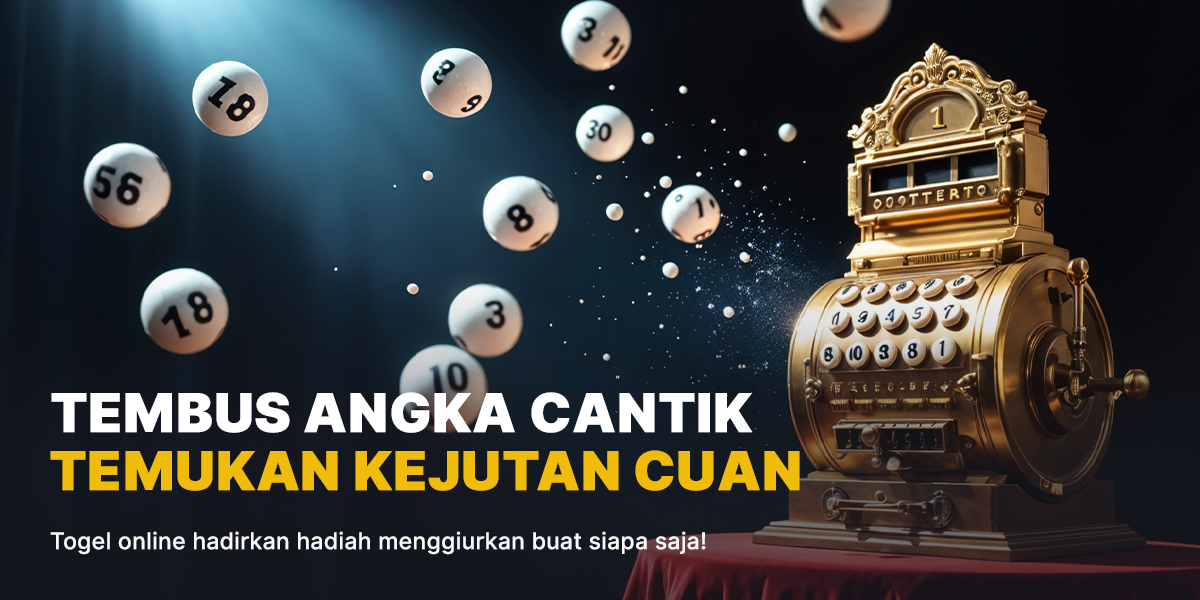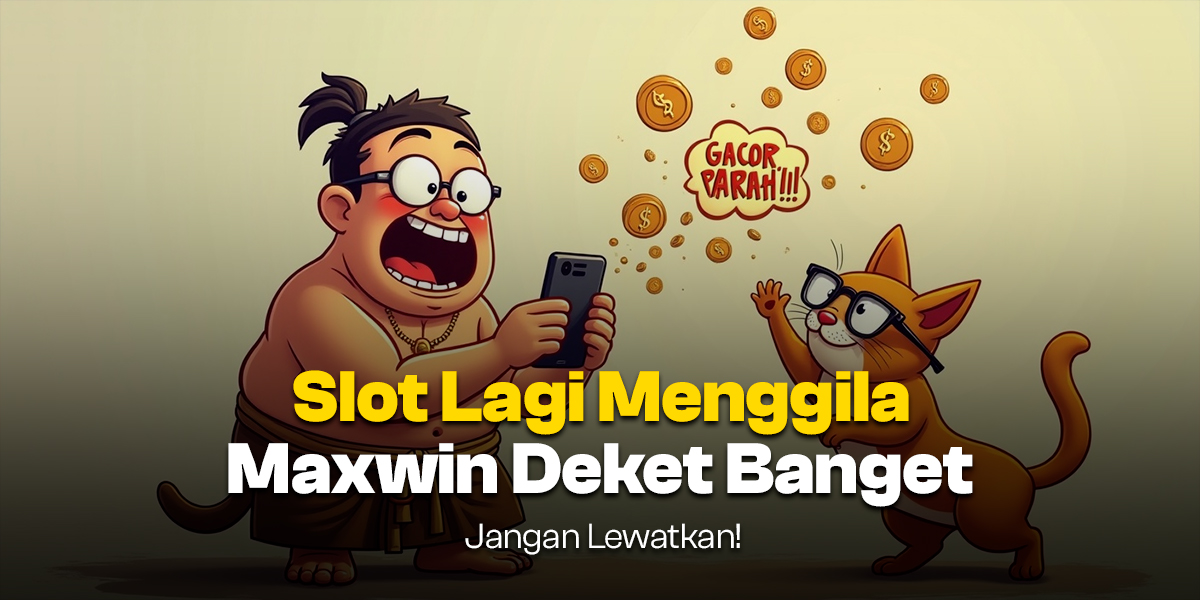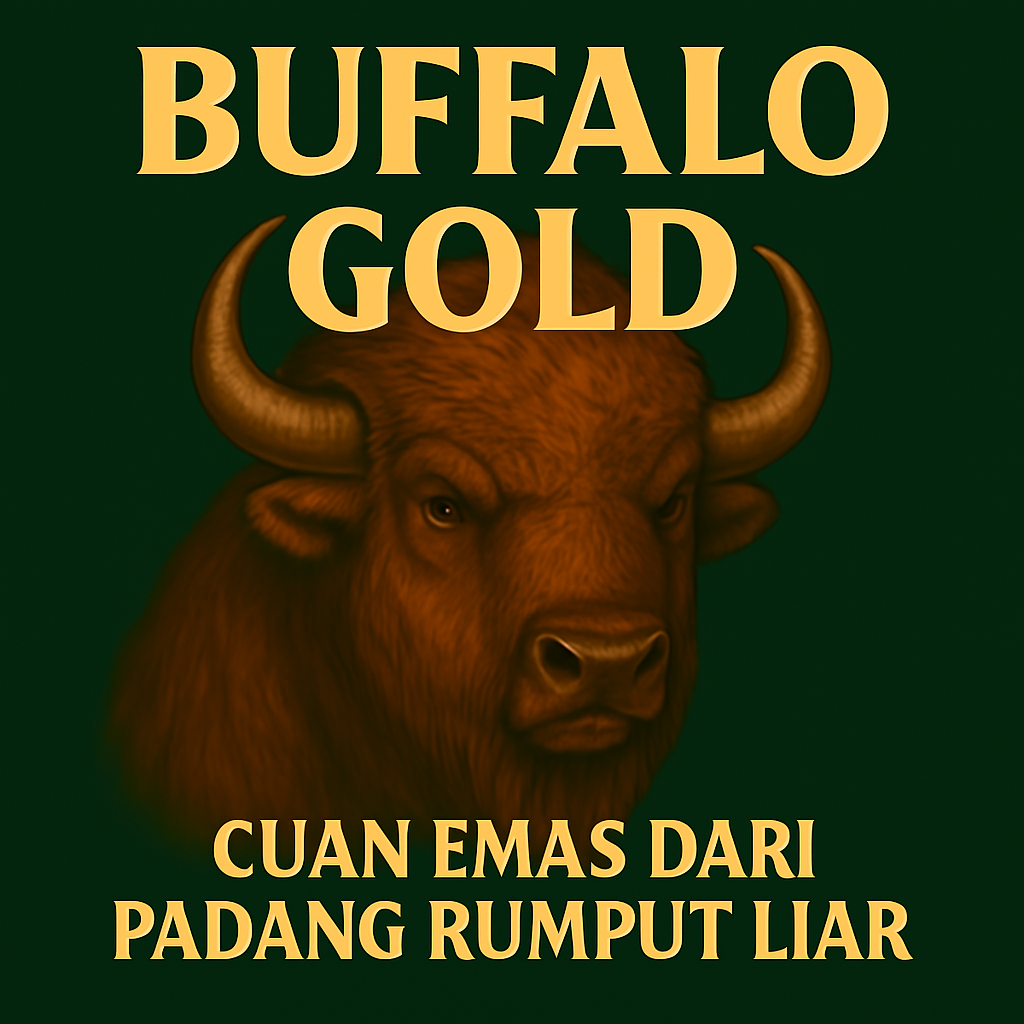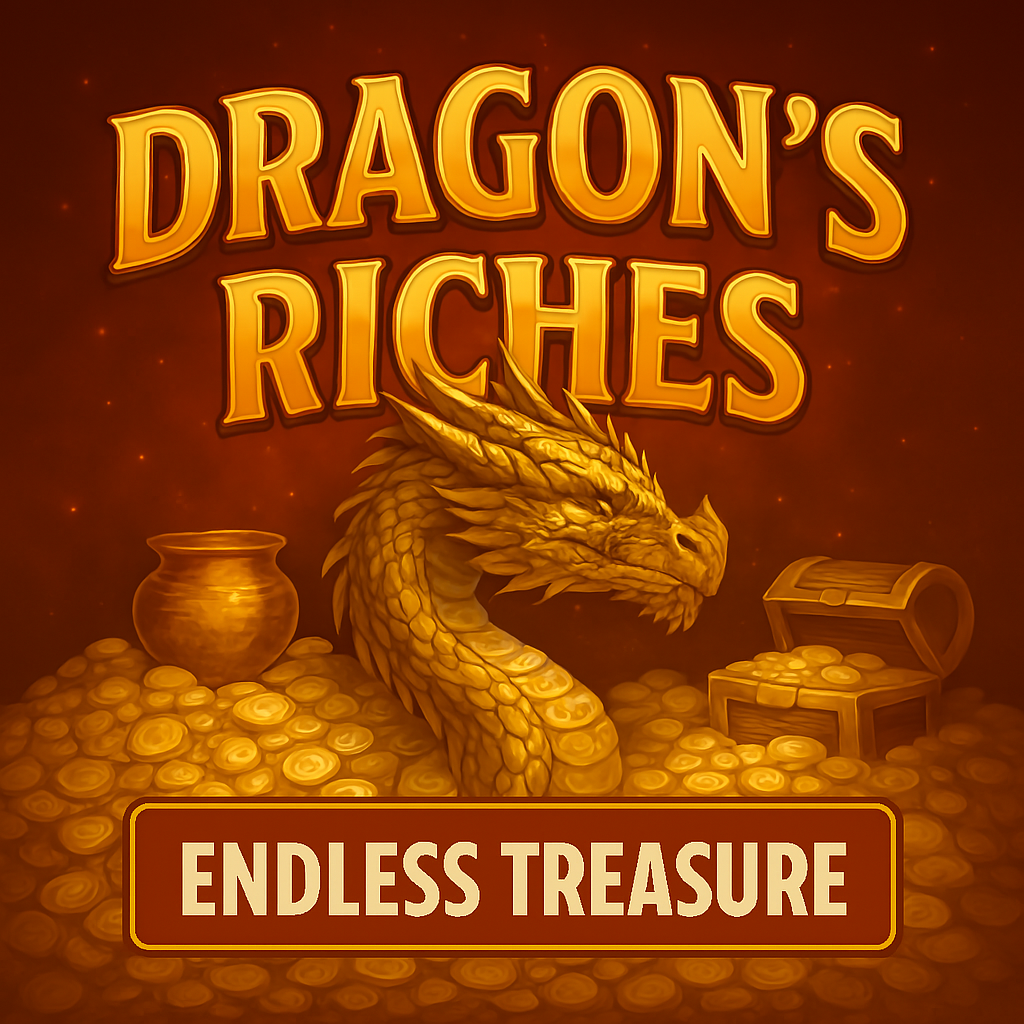Artikel ini mengupas tuntas fenomena togel, mulai dari sejarah, cara bermain, hingga strategi unggul untuk meningkatkan peluang menang.
Read More

Artikel ini mengupas tuntas fenomena togel, mulai dari sejarah, cara bermain, hingga strategi unggul untuk meningkatkan peluang menang.
Read More
Artikel ini membahas secara mendalam tentang permainan slot, termasuk jenis, fitur utama, serta strategi untuk meraih kemenangan. Cocok bagi pemula…
Read More
Artikel ini membahas tentang permainan tembak ikan, termasuk sejarah, cara bermain, fitur utama, dan tips untuk menang.
Read More
Sabung Ayam adalah tradisi adu ayam yang masih populer di beberapa daerah. Artikel ini mengupas sejarah, aturan, teknik, hingga perkembangan…
Read More
Pelajari cara bermain tembak ikan dengan strategi terbaik, fitur utama, dan platform populer untuk pengalaman bermain maksimal dan peluang menang…
Read More
Slot Cewek Cantik Tapi Bukan Kaleng-Kaleng, Ini Slot Dengan Kekuatan Lunar Super Dahsyat Kalau biasanya lo liat slot bertema petualangan,…
Read More
Masuk Ke Dunia Kasino Awan Ala Steampunk Kalau lo pernah ngebayangin main slot di kasino yang terbang di udara, lengkap…
Read More
Sensasi Spin Di Padang Rumput Tanpa Batas Kalau lo suka suasana alam liar yang penuh tantangan dan kejutan, lo wajib…
Read More
Slot Dengan Tema Fantasi Yang Penuh Kejutan Emas Kalau lo pengen main slot dengan vibe dongeng epik, naga raksasa, dan…
Read More
Si Panda Lucu Yang Bisa Bikin Dompet Lo Gendut Kalau lo pikir semua slot harus keliatan garang dan penuh kilat-kilat,…
Read More